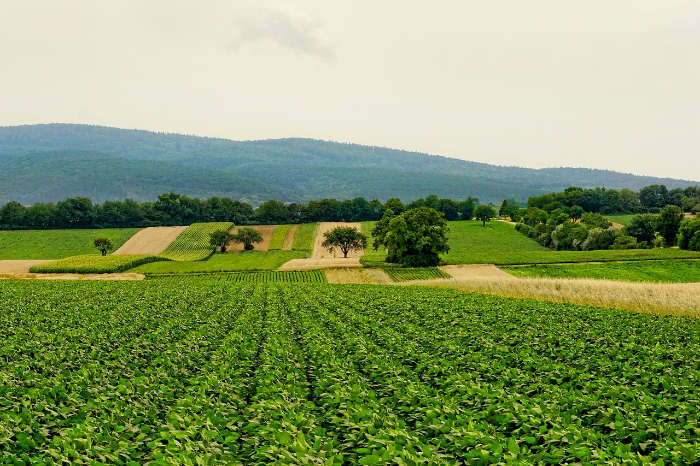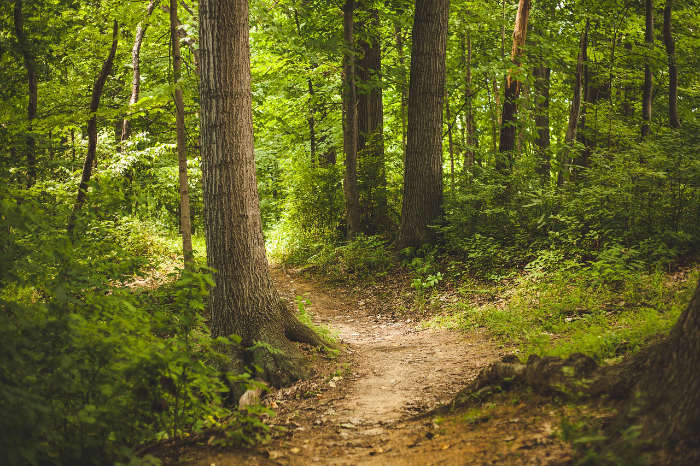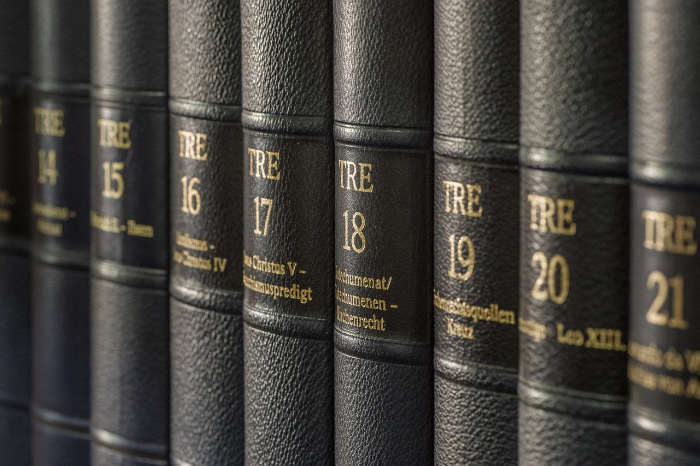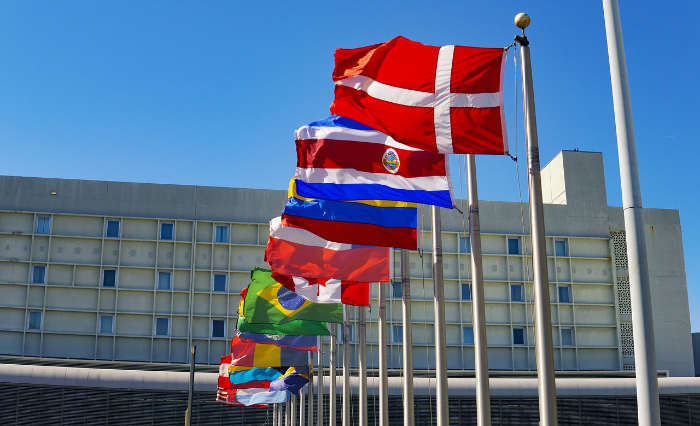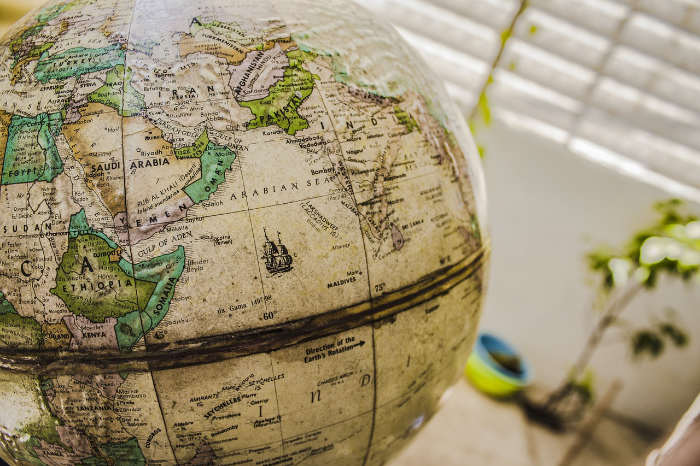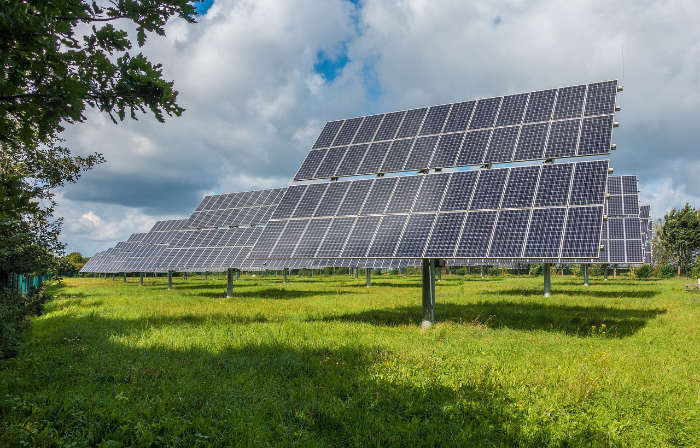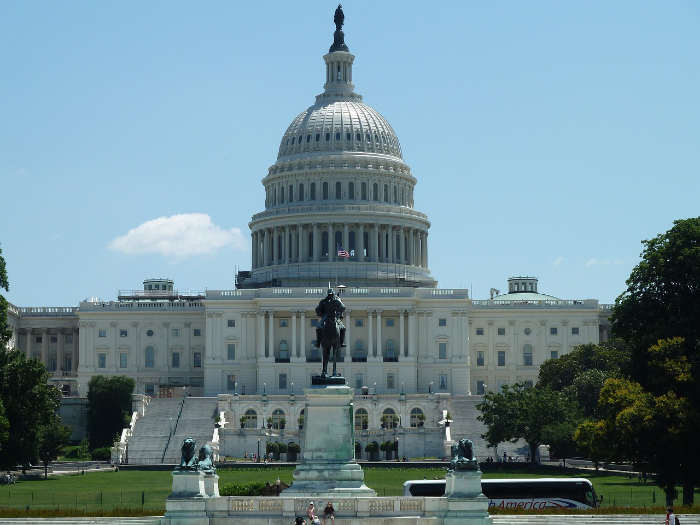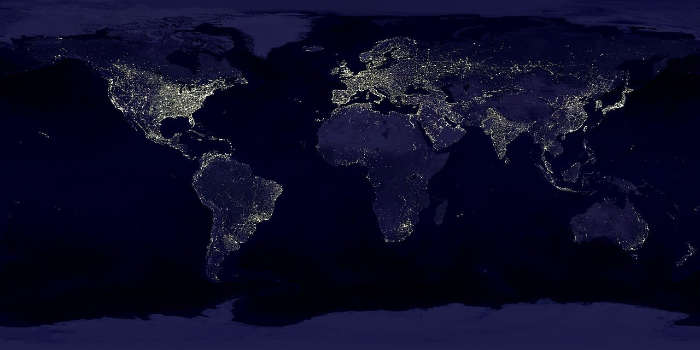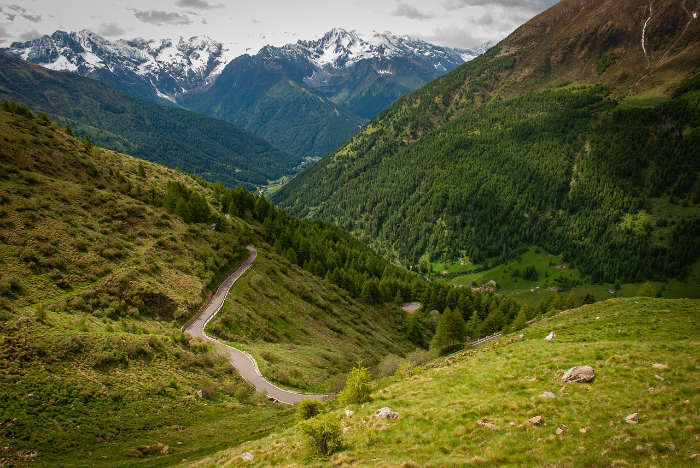Deforestation Rates by Country 2025

0
100K
200K
300K
400K
500K
600K
700K
800K
900K
815,312 1000 Ha
496,620 1000 Ha
346,928 1000 Ha
309,795 1000 Ha
219,978 1000 Ha
Top Ten Countries with the Most Deforestation
| Rank | Country | Forest Area Change 1990-2020 (mi²) | Change in Forest Area (%) |
|---|---|---|---|
| 1 | Brazil | -356,287 | -15.67 |
| 2 | Indonesia | -101,977 | -22.28 |
| 3 | DR Congo | -94,495 | -16.25 |
| 4 | Angola | -48,865 | -15.97 |
| 5 | Tazmania | -44,962 | -20.29 |
| 6 | Myanmar | -41,213 | -27.22 |
| 7 | Paraguay | -36,463 | -36.97 |
| 8 | Bolivia | -26,915 | -12.06 |
| 9 | Mozambique | -25,614 | -15.29 |
| 10 | Argentina | -25,602 | -18.84 |
Key Drivers of Deforestation
While it is known that deforestation is occurring throughout the world, the results are more staggering than anyone could have thought. We are decreasing at an extremely rapid rate, and continue to slow down forest growth as well in terms of renewability. The above ten countries are the usual suspects, as most of the deforestation is occurring in rainforests and jungles. The largest tree forests include the Amazon rainforest (found in Brazil and throughout South America) and the collection of rainforests found in Asia, mainly near Myanmar.
While there are many initiatives being started to reduce the impact of deforestation on these precious ecosystems, the socio-economic condition of these countries makes it difficult to stop poaching and illegal activities occurring, such as extracting wood and other game from the habitats. For example, the Amazon rainforest is protected by many local and global organizations, but the collective amount of forests around the rainforest is difficult to police. As can be seen in the graph, Uruguay is the leading global country that is affecting the growth of its trees at an alarming rate. Why Are Poorer Countries Affected More?
First-world countries rarely make the list for two reasons that skew results:
-
First-world countries, such as the US, UK, and former commonwealth countries do not have large amounts of forests around them when compared to the larger land masses such as the Amazon and Myanmar/Mexican jungles.
-
First-world countries can invest in certain programs that diversify their incomes, making it less reliable to explore natural resources or external investment to affect their sustainability. For example, Canada was known for many years for its logging materials - and has since centered its profits around more modern streams of revenue such as technology and financial investments within a capitalist economy. The Amazon in Focus
While all countries are responsible for taking care of their primary resources and doing so in a renewable manner, most attention lands on Brazil and its government. The Amazon is by far the largest land mass of trees, forests, and diverse habitats - also including cultures and tribes of humans that have lived there for tens of thousands of years. While Brazil doesn’t have a small economy, most (80%) of the deforested sections of the Amazon have been replaced by cattle farming instead of growing the trees and plants that have been cut down in that specific area. While beef may be exported for more money, it is among the worst agricultural methods to use for the land, as CO2 and greenhouse gases increase as a result of cattle farming.





